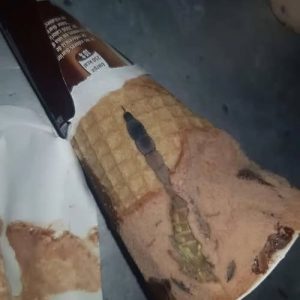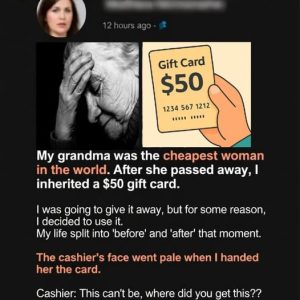The everyday one-dollar bill is an item most people barely notice, yet hidden within the billions in circulation are rare specimens worth far more than their face value. These valuable bills gain their worth not from printing errors or historical significance, but from their serial numbers, which can display unusual or aesthetically appealing patterns. To the untrained eye, these numbers seem standard and interchangeable, but to collectors and currency enthusiasts, a unique sequence can transform a common bill into a coveted piece valued at hundreds or even thousands of dollars. The growing interest in such “fancy serial numbers” stems from the rarity of these patterns, the mathematical appeal they hold, and the dedicated communities that trade, appraise, and document them. Even the physical condition of the bill plays a crucial role; crisp, uncirculated notes exponentially increase in market value.
Among the categories that fascinate collectors the most are low serial numbers, typically those between 00000001 and 00000100. These are profoundly scarce because the earliest numbers in a print run seldom enter general circulation; many are set aside for dignitaries, collectors, or special presentations. A bill bearing a number like 00000005 or 00000042 can therefore command high prices due to its scarcity and the novelty of owning such an early piece of a print sequence. Beyond rarity, there is also an emotional or symbolic attraction—people often attribute special meaning to certain numbers, even unrelated to currency collecting, which elevates the desirability and market competition surrounding them.
Another category that consistently draws attention includes bills with repeating digits or visually appealing patterns, such as 11111111, 12344321, or 88888888. These patterns are statistically unlikely to appear, making them inherently scarce. A particularly striking example is the “ladder,” a serial number that runs in perfect increasing sequence like 12345678 or descending like 87654321. Because perfect sequences are mathematically rare among the billions printed, ladder notes are often among the most coveted forms of fancy serial numbers. Collectors are drawn to the symmetry and elegance of these patterns, and the value reflects this appeal, with pristine ladder dollars easily selling for substantial premiums.
Complementing these patterns are “radar” notes, which read identically forward and backward, such as 01133110. These palindromic sequences hold both mathematical charm and visual balance, making them popular among novice and experienced collectors alike. Alongside radars, “birthday notes” have gained a passionate following. A birthday serial number is one that appears to form a date, such as 07041876, which could correspond to July 4, 1876. These notes connect collectors with personal or historical significance; someone with a matching birthdate or anniversary may pay a premium far above the bill’s face value simply for the sentimental resonance. Because each potential date only appears in a fraction of printed bills, the intersection of rarity and personal meaning can make these notes surprisingly valuable.
Another significant category in the world of collectible currency is the “star note.” These bills are produced to replace damaged or misprinted notes and are marked with a star symbol (*) at the end of the serial number. While star notes alone do not guarantee high value, their distinctiveness and lower production volume make them more desirable than standard issues. When a star note also contains a fancy or rare numerical pattern, its value can rise dramatically. Condition again plays a defining role; uncirculated star notes with rare serial combinations are often the subject of spirited bidding within numismatic communities.
Among all fancy serial numbers, the most prestigious and valuable are the “binary repeaters.” These serial numbers consist of only two digits, repeating in a structured pattern—examples include sequences like 01010101 or 29292929. The rarity of a bill featuring only two alternating digits makes them exceptionally difficult to find in circulation. In top condition, binary repeaters can command prices reaching $5,000 or more, a testament to both their scarcity and their appeal to collectors who admire their simple yet striking aesthetic. Such bills represent the pinnacle of fancy serial number collecting, often seen as the crown jewels of any enthusiast’s collection.
In summary, while most people overlook the serial numbers on their $1 bills, these tiny printed digits can transform everyday currency into unexpectedly valuable collectibles. The world of fancy serial numbers encompasses low numbers, repeating patterns, ladders, radars, birthday notes, star notes, and the highly prized binary repeaters. Each category possesses its own blend of mathematical rarity, visual appeal, historical resonance, and emotional significance. As collectors continue to grow in number and public awareness expands, these once-ignored details gain increasing value. The next time someone handles a one-dollar bill—whether stuffing it into a wallet, dropping it into a tip jar, or discovering it in an old coat pocket—the serial number might hold a hidden surprise. A tiny pattern in green ink could turn an ordinary dollar into a remarkable treasure waiting to be recognized.





